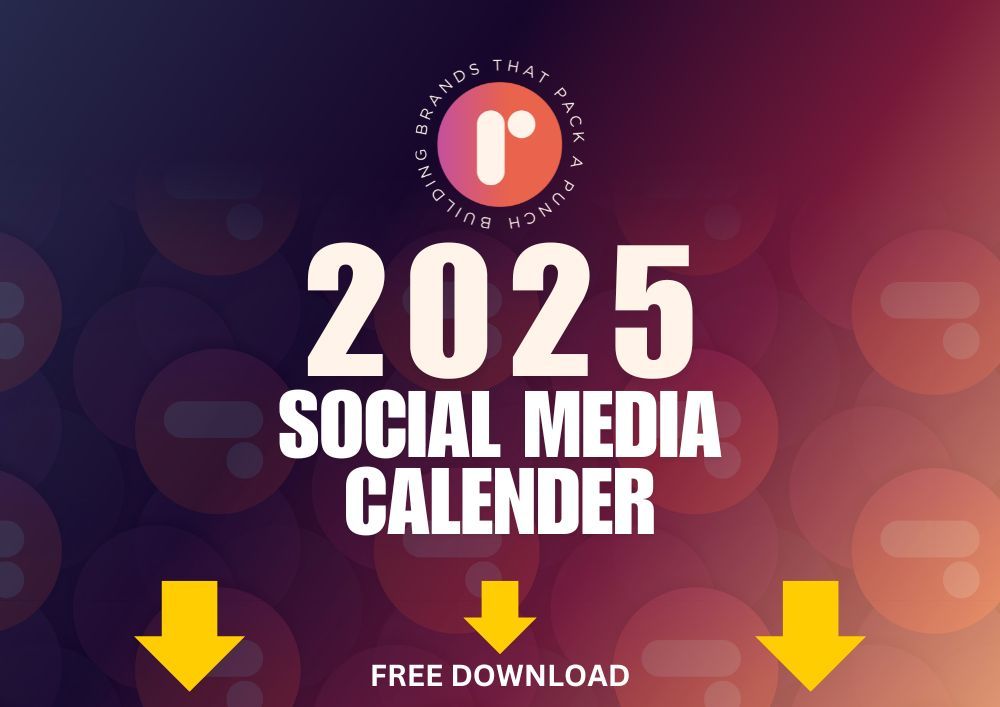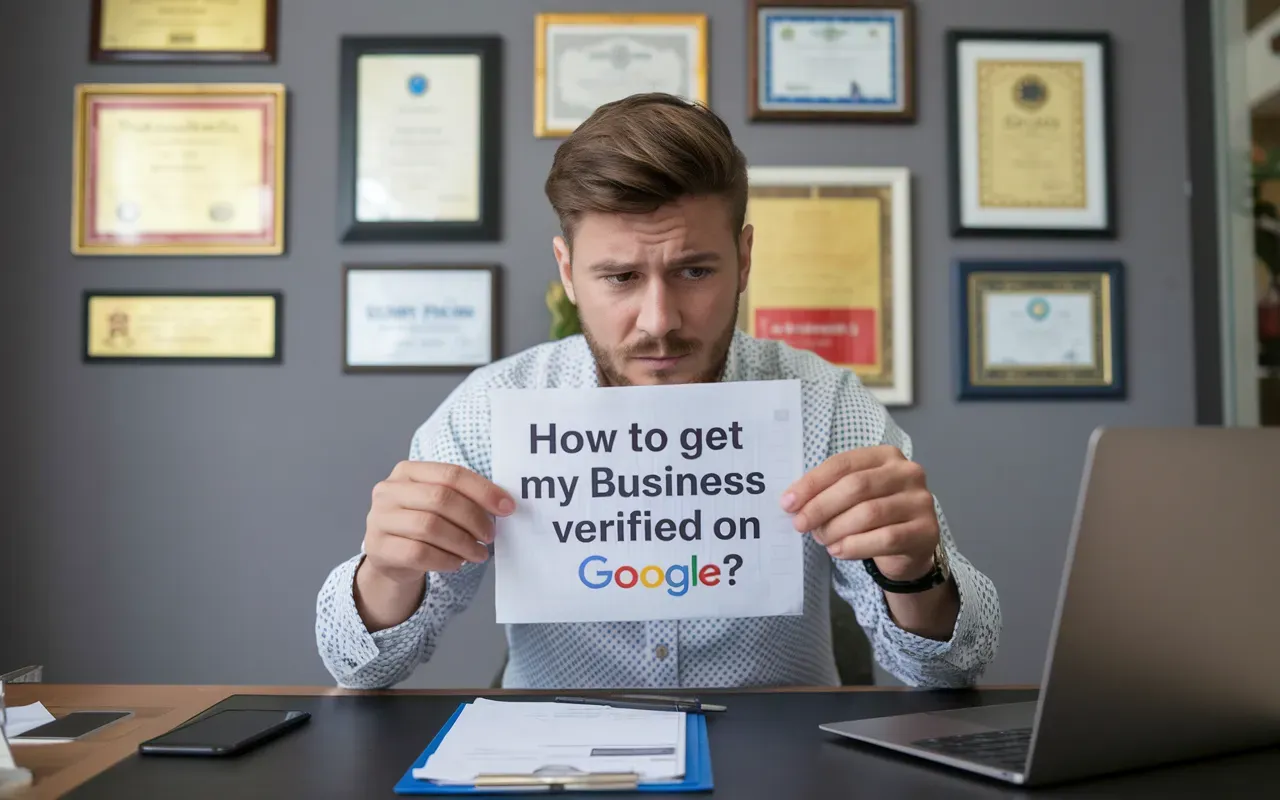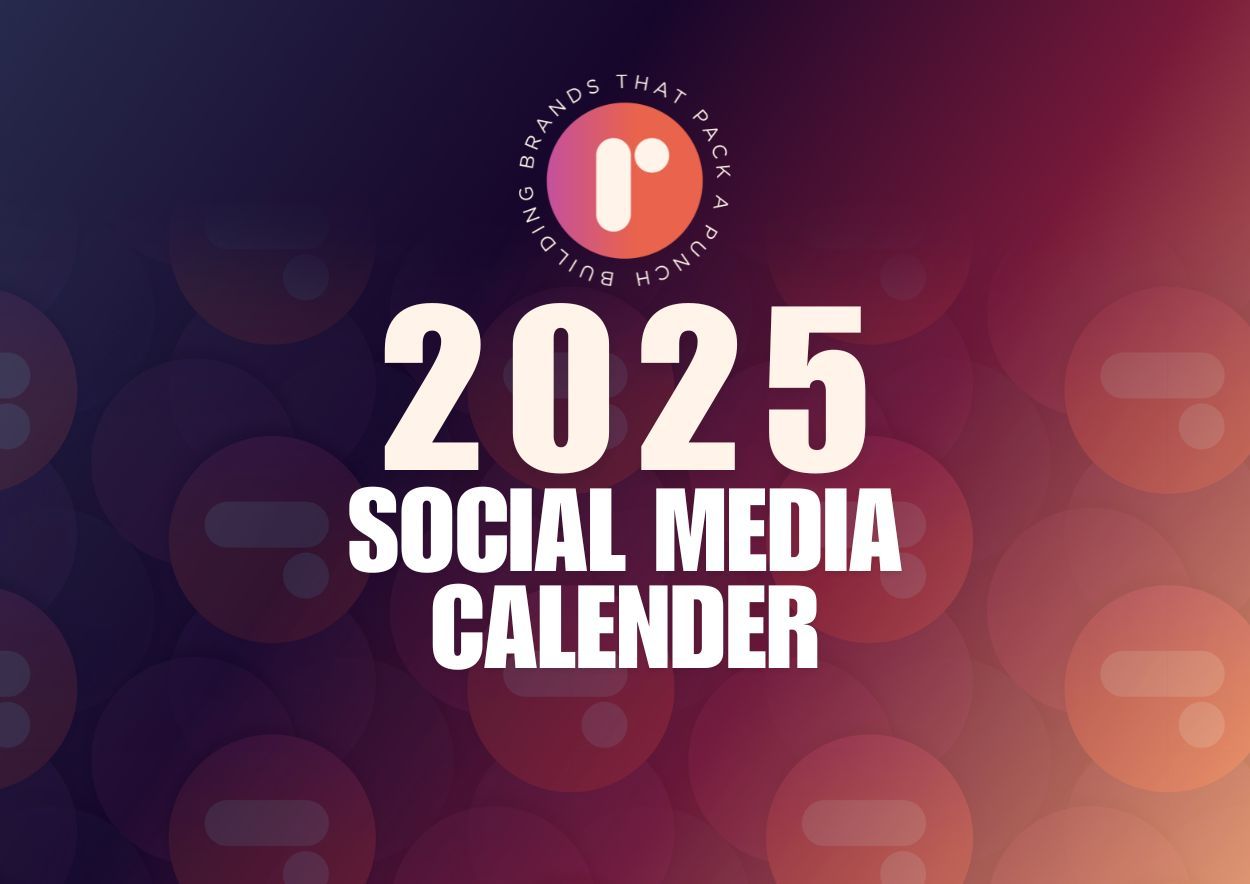Get in touch
(903)-570-3445
philip@getroundhouse.com
How to Conduct Keyword Research That Will Boost Your Website's SEO
As a small business owner, you understand that optimizing your website for search engines is EXTREMELY IMPORTANT to your online marketing strategy. However, knowing where to start can be challenging if you're not an SEO expert. In this article, we'll walk you through the process of conducting keyword research and explain how SERP (Search Engine Results Page) tracking can help you monitor your progress over time.

Step 1: Brainstorm Ideas
The first step in keyword research is brainstorming a list of potential keywords and phrases relevant to your business. Consider what your customers might search for products or services like yours. You can also look at your competitor's websites and their target keywords. However to assist in this process you will most definitely need a keyword research tool.
Step 2: Use a Keyword Research Tool
Use a keyword research tool to expand on your list of potential keywords.
These tools can help you identify popular, related, and long-tail keywords you may have yet to consider. Some popular keyword research tools include:
- Google Keyword Planner: This free tool is part of Google Ads. It allows you to see search volume data and generate keyword ideas.
- Mangools: Mangools is a paid tool that offers keyword research features and other SEO tools. It also includes SERP tracking for the keywords you choose. We use Mangools everyday at Roundhouse Digital Marketing, and we love it!
- SEMrush: SEMrush (SEM stands for Search Engine Marketing) is a popular paid tool that offers keyword research, competitor analysis, and other SEO features. It also includes SERP tracking.
- Ahrefs: Ahrefs is another popular paid tool that offers keyword research, backlink analysis, and other SEO features. It also includes SERP tracking.
Step 3: Analyze Search Volume and Competition
Once you have a list of keywords, analyze each keyword's search volume and competition. Search volume refers to how many people search for a particular keyword monthly. In contrast, competition refers to how difficult it is to rank for that keyword. Ideally, you want to target keywords with high search volume and low competition.
Step 4: Choose Relevant Keywords
Based on your search volume analysis and competition, choose a list of relevant keywords to target on your website. These keywords should be used throughout your website, including page titles, headings, meta descriptions, and website copy. However, avoiding "keyword stuffing" is essential, which can hurt your SEO. Focus on creating high-quality, valuable content that's optimized for SEO.
Step 5: Monitor and Adjust
Finally, it's essential to monitor the performance of your targeted keywords and adjust your strategy as needed. Tools like Google Analytics allow you to monitor website traffic, user behavior, and other essential metrics. This will allow you to make data-driven decisions to improve your website's SEO over time.
In addition to using tools like Google Analytics, it's also worth considering SERP tracking for the keywords you choose. Many keyword research tools mentioned in step 2, such as Mangools, SEMrush, and Ahrefs, include SERP tracking. This means you can track where your website ranks on search engine results pages (SERPs) for your chosen keywords over time.
SERP tracking is essential because it lets you see how your SEO efforts impact your website's visibility on search engines. You can identify areas for improvement by tracking your rankings and adjusting your strategy accordingly. For example, suppose your website ranks well for some keywords but not others. In that case, you may want to adjust your content strategy to focus more on the keywords where you're seeing success.
In addition, SERP tracking can also help you keep an eye on your competitors. By tracking their rankings for the exact keywords you're targeting, you can identify opportunities to improve your own SEO strategy. For example, suppose you notice a competitor consistently ranking higher than you for a keyword. You may want to analyze their website and content to see what they're doing differently.
Overall, keyword research and SERP tracking are essential for all small business owners looking to improve their website's visibility on search engines. By following these steps and utilizing the right tools, you can identify relevant keywords, optimize your website for SEO, and track your progress over time. With a strong SEO strategy, you can attract more visitors to your website and ultimately grow your business.
Boost Your SEO with Roundhouse Digital Marketing
At Roundhouse Digital Marketing, we understand the importance of a strong SEO strategy for business owners. Our team of experts can help you optimize your website for search engines, conduct effective keyword research, and track your progress over time using tools like SERP tracking. Whether you need assistance with Google Ads, web design, or SEO services, we can provide the support and guidance you need to grow your business online. Contact us today to learn more about how we can help you improve your website's visibility and attract more customers.

Get Fresh Content From
Roundhouse Digital Marketing

About The Author:

Philip Ellis
Founder and CEO, Roundhouse Digital Marketing
My name is Philip and I am a web design and client attraction consultant. I specialize in helping contractors, roofers, home builders, and other local service-based businesses get more views, leads, and sales online.
With over 12 years of experience in the industry, I have the knowledge and skills to create stunning websites and effective digital marketing campaigns that drive results for my clients.










